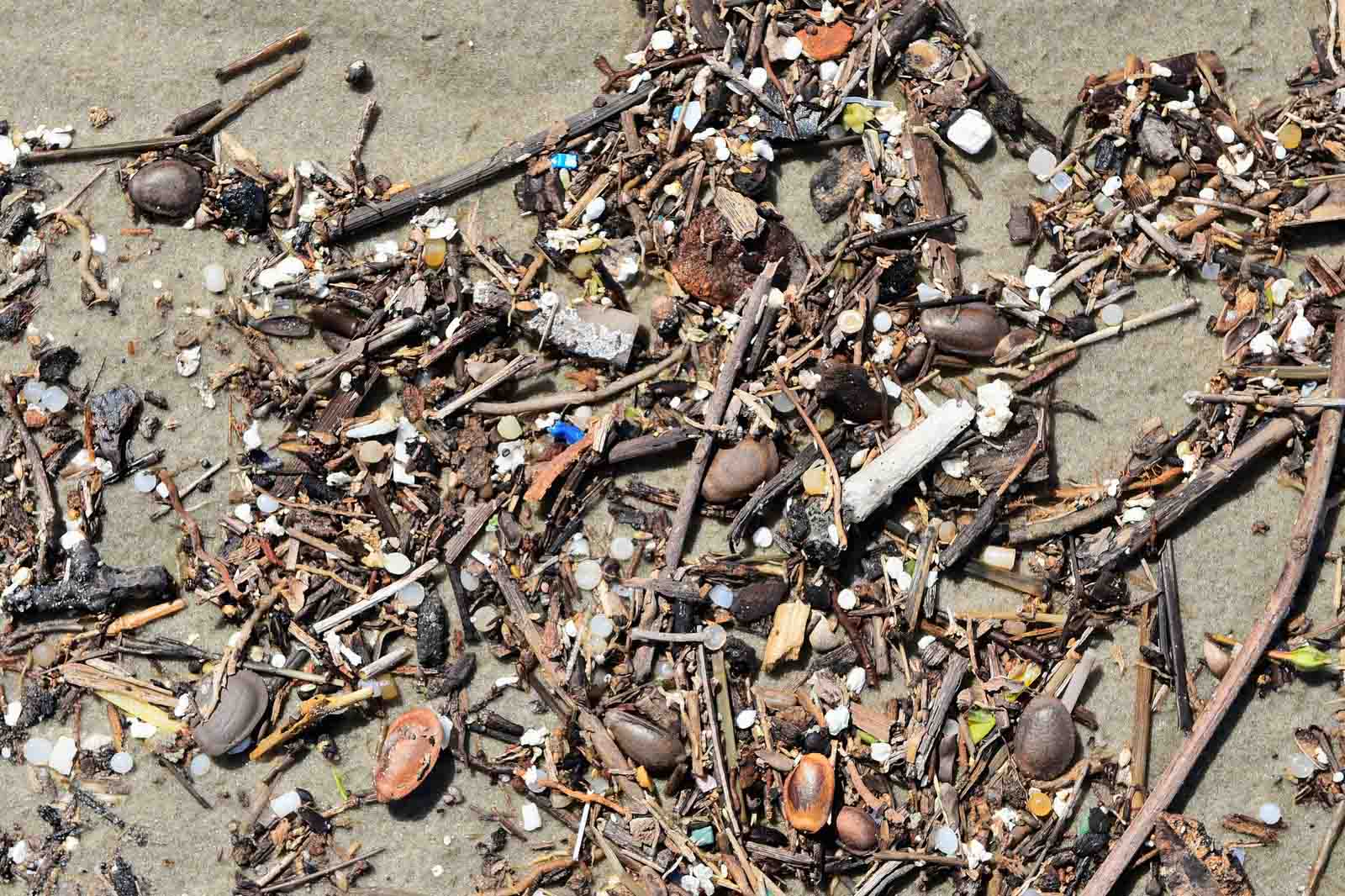The trip of a life time
In the Galapagos Marine Reserve, I participated in an 11 day research expedition to assess the Reserve's health ahead of the Reserve's 25th anniversary in 2023. This expedition was led by Dr Sylvia Earle, National Geographic Explorer and legendary oceanographer, and comprised of an international team of scientists. The mission evaluated neglected habitats, species, and the impact of pollution of marine life on threatened species.
Since its establishment in 1998, the Galapagos Marine Reserve (GMR) has served as a crucial lifeline spanning 40 nautical miles for numerous marine species. In 2022, the GMR was expanded to safeguard an extra 60,000 km2 of the Cocos-Galapagos Swimway, a significant migratory route for sharks, turtles, and whales. As a result, the overall protected ocean area has now reached 198,000 km2. However, considerable changes have occurred both inside and outside the marine reserve during the past 25 years at an exceedingly rapid pace. Between 1998 and 2022, Galapagos tourism has surged from 65,000 to 268,000 annual visitors, while the local population is estimated to have nearly doubled, surpassing 30,000 individuals.
Plastics use has also increased outside the boundaries of marine reserves. Around 200 million tons are harvested each year through aquaculture and wild capture. In this period, plastic production doubled, and waste pollution, leakage, and other issues have followed the same pattern, causing major damage to ocean ecosystems. It is important to take a multidisciplinary approach to better understand these problems and to develop new solutions.
Baselines for ocean biodiversity
To assess the ocean's health, a method involves mapping the distributions of species and quantifying populations of significant organisms. In the course of the expedition, Salomé Buglass from the University of British Columbia and Charles Darwin Foundation, along with Dr. Sylvia Earle, concentrated on researching oceanic vegetation, specifically focusing on the mapping of exceptionally scarce deep-sea kelp forests found in tropical regions. Simultaneously, Salomé and marine biologist Jenifer Suarez, a Galapagos National Park Ranger with exceptional coral identification abilities, documented deep-sea invertebrates like corals and sponges.Daniel Armijos and Manolo Yepez conducted a series of baited remote underwater video (BRUV) surveys to count sharks, rays, turtles, and the odd visiting dolphin. Daniel Armijos, Manolo Yépez and Taylor Griffith conducted a series BRUV surveys (baited remote underwater video) to track sharks, rays turtles as well as the occasional dolphin.
Along the coastline, Dr. Susana Cardenas from USFQ and Alberto Proaño, a Galapagos National Park Ranger, conducted a comprehensive assessment of seabird populations. Bridging the remaining knowledge gaps, Dr. Diana Pazmiño spearheaded the collection of environmental DNA (eDNA) samples. This innovative method enables the detection of hundreds of organisms, even from a small water sample, by identifying minuscule traces they leave behind.If you wish to learn more about the fauna and visit the Galapagos Islands, the Endemic Catamaran offers 7 night itineraries that visit the Charles Darwin Research Station on Santa Cruz Island.
Plastic pollution in the ocean
I was asked to contribute to this expedition by measuring one of the biggest changes in 25 years, namely the marine plastic pollution. I focused my work on the north and west of the reserve where there are very few data about marine plastic pollution, but also where the most marine life can be found. In conducting coastal surveys I found that there was plastic pollution on the beaches of the western Archipelago. However, the amount is small. Microplastics were also collected from seawater and are being analysed by the University of Exeter.

Dive to the depths
I never could have imagined experiencing a submarine dive. No amount of preparation could have truly prepared me for the extraordinary sensation of descending 200m in a submarine. As the mesmerizing blue gradient deepened, I witnessed the first glimpses of lifeforms that have adapted to the demanding conditions of high pressures and low temperatures, unlike humans. It was an unparalleled ecosystem that, until recent years, remained untouched by human impact.
Having the opportunity to dive alongside Sylvia and the legendary Galapagos Tui de Roy was immensely meaningful. Both women served as remarkable role models, not just for me but for the entire team. We shared stories about the changes they had witnessed over the years, including the increasing presence of women in science and the growth of multidisciplinary collaborations. However, we also acknowledged that the journey toward establishing true equality was far from complete.
Ocean protection in the coming 25 years
We need to protect our oceans at multiple levels in order to reverse the harm humans have done over recent decades. GCT's work with marine plastics has evolved from an island-scale to regional scale in just five years. We have many partners working within our 'Pacific Plastics: Science to Solutions Network' that we developed and manage together with University of Exeter. Negotiations are ongoing to adopt a Global Plastics Treaty. Our policy contacts in Ecuador and the UK will be working with us to continue providing data and compelling stories to create case studies that are sure to make the world take notice.
In my own name and on behalf of GCT I'm grateful for being a part the Mission Blue Expedition. I want to express gratitude to Alex, Sylvia and Courtney, as well as the crew and team of the Argo vessel, DeepSee, who have all been wonderful navigators and hosts. This is an experience I won't forget. My love of the ocean was already deep, but when I met Sylvia it took on an entirely new meaning.